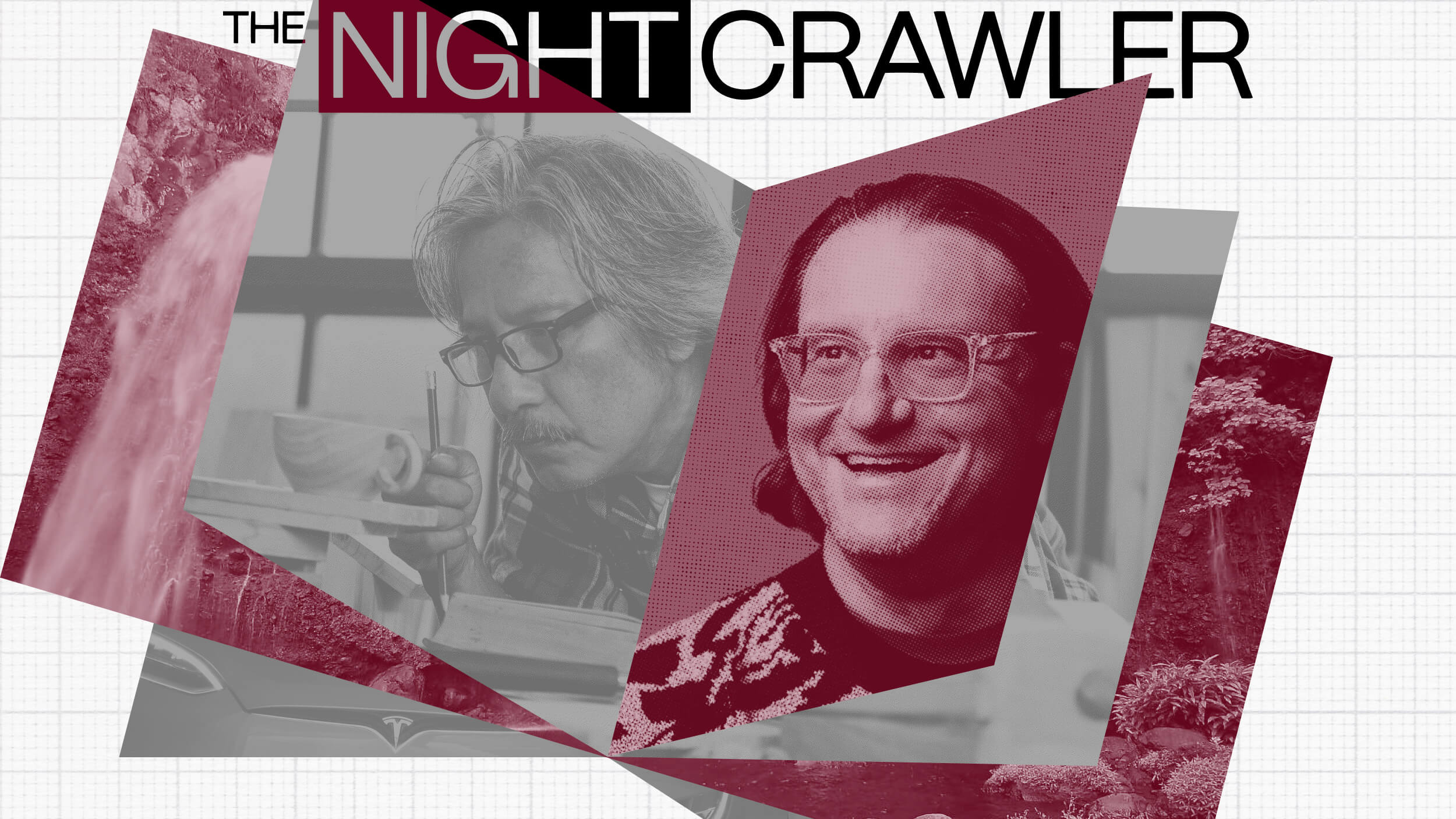Extending Descartes to Embody Our Social Rational Souls

1. Don’t mind the gap embodied in Descartes’ “I think, therefore I am.” We can now materially extend his soul-saving moves in new directions.
2. 1,200 years before Descartes, Augustine declared: “If I am deceived, I exist,” meaning you can’t imagine you are thinking, even erroneously, if you don’t exist.
3. Told of Augustine’s priority, Descartes claimed novelty in grasping “that this I which is thinking is an immaterial substance.” The soul has “no bodily element.”
4. Descartes sought to shield God from science, but his soul-saving solution created “mind-body” problems.
5. Descartes declared that matter is non-thinkingand extends in space, but mind is a “thinking thing” that’s “non-extended.” These metaphysical God-given “rational souls” were ghosts controlling our body’s machinery (whereas animals were soulless machines).
6. 300+ years later, Cartesian dualism still haunts much thinking, e.g., Siri Hustvedt’s “Delusions of Certainty.” But we now can make extended matter that artificially “thinks.”
7. We now mostly think of thinking (and feeling) as just information processing. “The immaterial soul of the present appears to be disembodied information.”
8. While Descartes’ key move was inward, Harry Collins turns outward to define “Social Cartesianism.” The “radical difference between humans and other entities, including animals,” isn’t metaphysical, it’s our social, uniquely language-dependent, rational thinking.
9. For Collins, information is always embodied (in “stuff inscribed with patterns”). Calling it disembodied repeats Plato’s faith in heavenly forms. However if those forms or ideas exist, they’re inaccessible to us unless patterns representing them are concretely imprinted in matter (brains, books, speech-animated air…).
10. Here, we can usefully extend a distinction Descartes made: Primary properties, like length, are intrinsic; secondary properties, like color, aren’t; They’re non-localized, they exist in what John Serle calls “observer relative” ways (e.g., an object’s color is relative to illumination + observer physiology).
11. All matter-imprinted information patterns have non-intrinsic aspects; they exist “relative to us” or other entities. Spinoza held that ideas like good, evil, justice, and beauty aren’t, as Plato thought, formed like timeless triangles; they’re relational, contextual, and observer-relative (~subjective with objective aspects).
12. Aside: Plato’s triangle love has generated much geometry-intoxicated thinking that mistakes geometry’s perfections as models for everything (even God).
13. Actionable information is always “observer-relative.” Neither information, nor its meaning, exists entirely within the matter it’s inscribed on. Its meanings, its physical effects, are relative to (depend on, extend between) apt decoding entities (which can be inert matter, see “computationalism”).
14. Carving nature at non-Cartesian joints, enables Serle to demarcate what humans can do but artificial intelligence can’t. And it lets Collins describe that machines mimic language without understanding. Languages exist distributed between skulls (~“collective consciousness,” having “another language is to possess a second soul”).
15. Descartes’ solitary, individualistic, inward-facing mindset misconstrues the truly “social nature of human cognition.” Social Cartesianism better captures the soul of what matters in distinguishing humans from animals or machines. Per Rebecca Goldstein’s “I am thought of, therefore I am,” unless you’re thought of enough, you don’t reach consciousness.
—
Illustration by Julia Suits, The New Yorker cartoonist & author of The Extraordinary Catalog of Peculiar Inventions





